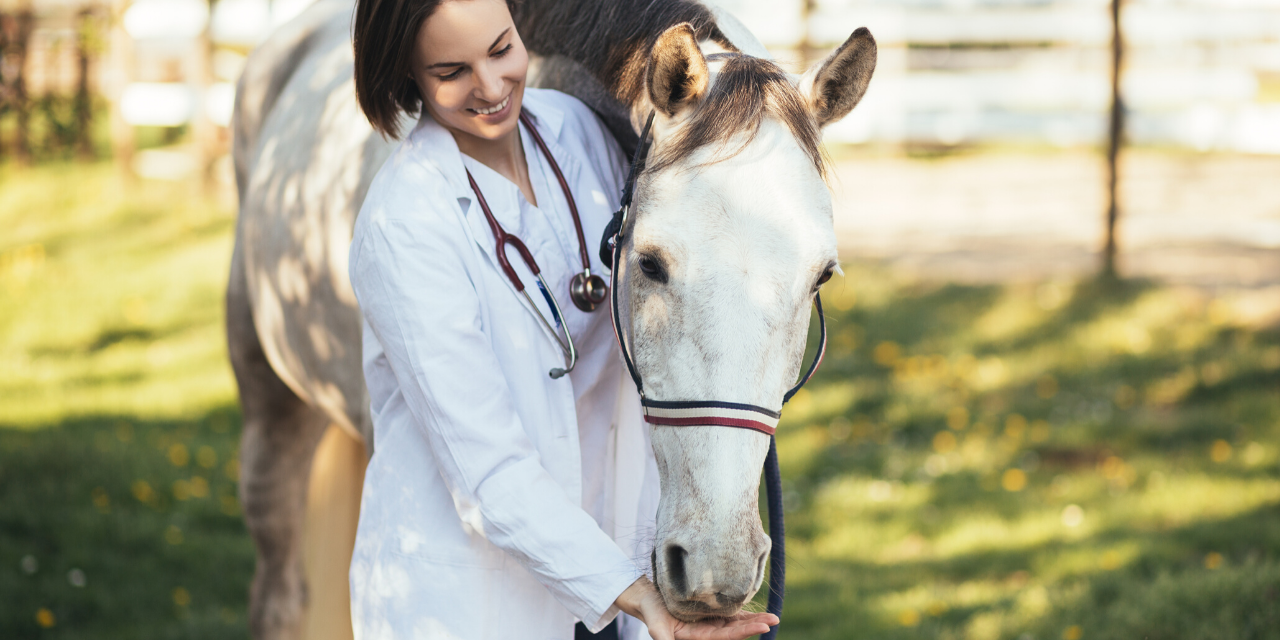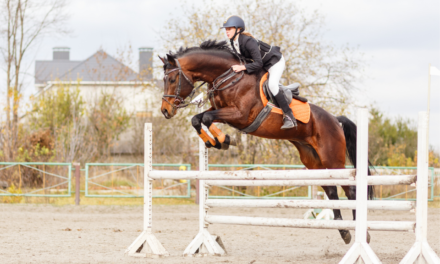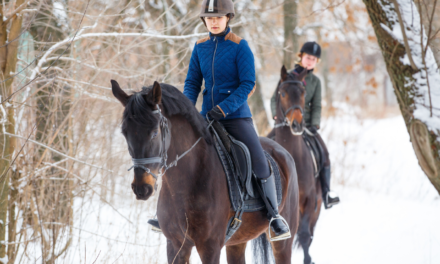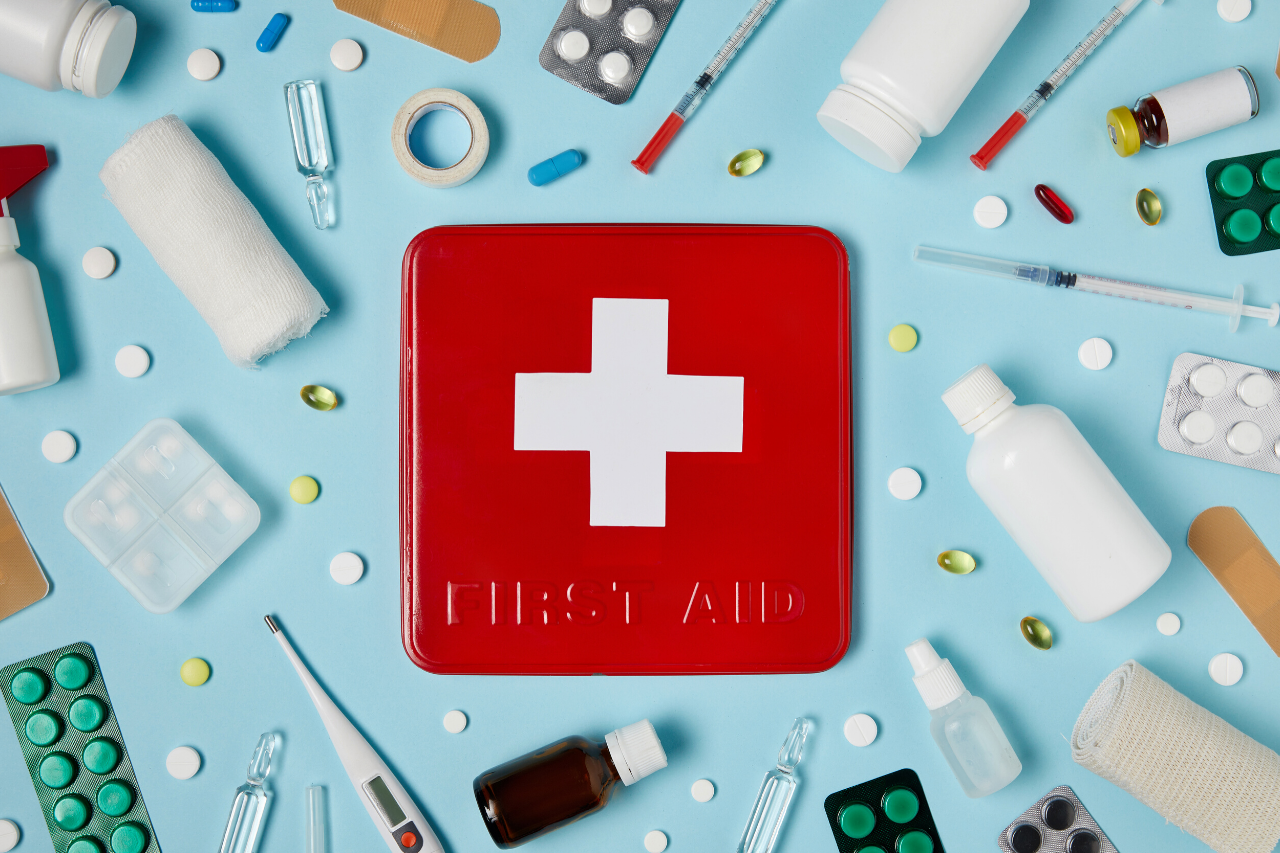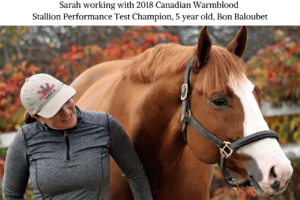We may earn money or products from the companies mentioned in this post. For more information please check out our disclosure page
You have fallen in love with a horse and are seriously considering purchasing it!
Before you commit you NEED to pay for a pre-purchase examination, also known as a P.P.E. All too many times I have met people who have opted not to get a vet check before purchasing and have ultimately paid the price.
Horses have shown themselves to be lame shortly after purchase because previous owners may have tried to hide the lameness with medication (yes there are many dishonest people selling their horses),



New owners have purchased their dream horse, invested a large chunk of change and are now facing the monthly costs to maintain their horse.
Suddenly they find their horse is dead lame and either is not curable, faces long and expensive rehab at worst, or a long period of rest.
All this heartache can be saved with the investment of a pre-purchase vet check, it will help to tell you how much wear and tear your horse has been through.
PASS OR FAIL?
It will be extremely rare (if not impossible) to find a horse without a single issue. The goal of your pre-purchase vet check is not about a ‘pass’ or ‘fail’ and this is super important to remember.
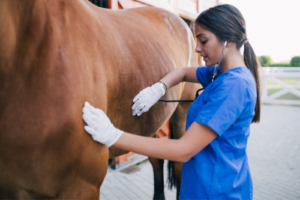
.
I have had numerous horses that have failed vet checks to the point of being told they could never be ridden again. Every one of them has gone on to compete as show jumpers.
One of those, Highfalutin’ Miss, was totally written off in her vet check as 5 year old OTTB and I was told she would be nothing but a broodmare. She is now 25, she competed at Spruce Meadows many times and was always in the placings.
Having said that I don’t advise you taking the same route! I had the benefit of land and the ability to rehab my horses. I also had zero expectations with the horses I purchased that failed their vet check, so anything we achieved were mini miracles.
The likelihood is you will not be in the same situation.
You need to talk to your vet about your expectations and together you can decide whether the issues found are likely to interfere with those expectations. Discuss the estimated cost of the examination.
Do you need to get X-rays?
Some people may say you don’t need them if nothing glaring turns up during a test ride, or you are not planning on competing, or maintaining a high level of athleticism.
I disagree with this – get X-rays done regardless!
A young lady moved her new horse to my barn, she had purchased the horse knowing it was lame. She believed it was minor and could be fixed. Six months later, when the horse had been consistently lame not matter how hard she tried with supplements, and farrier expenses, she finally got X-rays and found the horse had a large bone spur.
She could not sell the horse, she had spent blood, sweat, tears, and a lot of money, ultimately all she could do was send the horse to a retirement home.
If she had done X-rays and had a PPE she probably wouldn’t have purchased the horse.
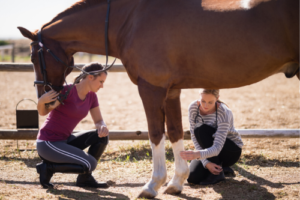
.
Every horse will show some wear and tear, the purpose is to see if the horses’ issues meet your expectations and are acceptable or not. You need to decide ahead of time what LEVEL or TYPES of wear and tear are acceptable to you.
Make sure your vet knows the intended use for your horse because there are some issues that will prevent the purchase of a jumper, or a dressage prospect, but the same issues would be totally acceptable for a pleasure horse.
YOU SHOULD USE YOUR OWN CHOICE OF VET FOR THE VET CHECK AND NOT THE VET THE OWNER OF THE HORSE USES
In some circumstances this may not be avoidable if you both use that same vet, but I would still try to find an impartial vet to do the P.P.E if possible.
MEDICAL HISTORY.
If the seller has previous X-rays there is no harm asking to see them, but I would not rely on these as an alternative to getting your own done. They can be used as a good comparison to see if any issues are improving or getting worse.
In our “How Much Does It Cost To Keep A Horse” blog I advise asking the owner of the horse to contact their vet and give permission for you to talk to them about the horses’ medical history. If the previous owner allows this (and they should if they have nothing to hide) you can give your vet this information before the P.P.E.
During the P.P.E the vet will usually address the horses medical history first so if something has come up during conversations with the owners vet or the owner, you can notify your vet and they will look a little closer at any aspect relating to that. They should also ask about vaccinations and de-worming schedule.
If the horse has had surgery your vet should check the horse has properly healed.
PHYSICAL EXAM
The vet will do a physical examination, looking at the horses eyes, teeth, and conformation. They will also listen to their heart, lungs and GI tract.. Your vet should note any previous scars, or conformation defects such as is the horse toed in, or sickle hocked, etc. There are many great competition horses with conformation issues so this does not have to be a deal breaker.
HORSE IN MOTION
The vet will want to see the horse in motion. You will need to handle the horse or have someone else do it. You will be requested to have the horse walk away from the vet in a straight line, and then turn and walk back again. This will then be repeated at the trot.
Your vet may also request to see the horse at walk, trot, and canter on a lunge line. At this point your vet is looking at various aspects, such as shortness in stride, rhythm, and angle of the joints. They are looking for inconsistencies that might suggest current or possible future lameness issues.
Your vet will also perform flexion tests.
What is a flexion test?
This is where your vet will bend each of the horse’s leg joints for about 30 seconds to a minute and then watch how the horse trots off immediately afterwards. They are looking for pain or stiffness and flexion testing is a way for that to show itself.
X-RAYS
I strongly recommend having X-rays done for peace of mind, even though they are the most expensive part of a PPE. It’s a personal call and even if your horse comes up clean it can develop lameness. A horse can also come up with chronic issues but go on to become a top competition horse!
In the last three years we have had two horses at our barn that have been recommended to be retired. Both came up sound after 6 months rest and have been back in regular exercise with no further issues. One is even jumping!
Ultimately, the x-rays, flexion tests, and examination are for the vet to give you information so that you can make an informed decision and know what you have. A vet cannot guarantee the future of the horse as a PPE is a snapshot at a specific time in the horses life. There is no guarantee of soundness in the future, only at the time of the PPE.
Your vet could suggest further tests such as bloodwork if necessary.
AVOID MAKING A DECISION BASED ON EMOTIONS
Sometimes decisions can be hard especially as you may have developed a bond with the horse. It might be difficult to accept the horse is not suitable and it is easy to let our emotions take over and purchase the horse for the wrong reasons.
This may result in you having to change your original purpose for you buying a horse, or it could end up causing you heart ache and financial hardships down the road.
Try to keep your goals in mind, and your emotions in check. Buy the horse that is right for you. They will all pull on your heart strings to staying strong to make the right decision for you is so important.
admin
Latest posts by admin (see all)
- A Horse For All Reasons – Guest Blog by Lucy from Horse Factbook - April 8, 2020
- How To Deal With A Spooky Horse Trail Riding - March 31, 2020
- Our Top 20 Amazon Equestrian Products - January 30, 2020

